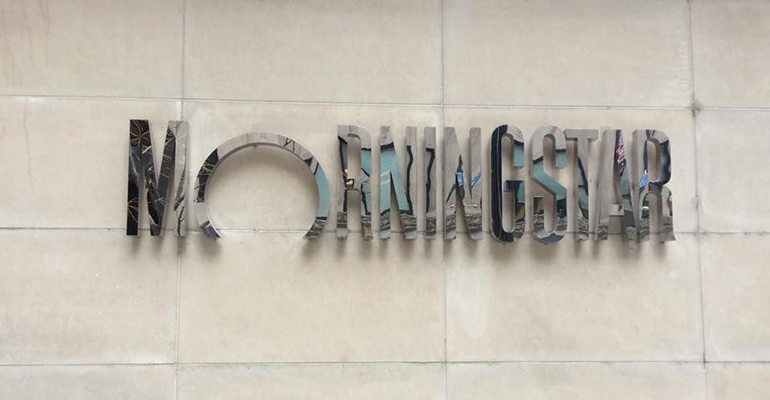Morningstar Inc. has announced a change in methodology for its Morningstar Medal rating system that it says provides a more accurate estimate of investment alpha. The change, which will take effect Oct. 29, will change the medalist ratings of about 20% of the 200,000 funds that Morningstar has rated, with most of those changes being downgrades. For example, Morningstar expects that about 40% of funds currently assigned bronze ratings globally will be assigned neutral ratings after the change.
The change improves Morningstar's framework for predicting future returns, but maintains the same process for assigning ratings. Using historical data, Morningstar said the updated framework presents a more accurate estimate of how much value a managed investment can add before fees compared to the established benchmark. Morningstar calls this part the Alpha Potential Assessment.
According to one ITEM By Morningstar Chief Ratings Officer Jeff Ptak, explaining the change, he noted the current methodology leads to overestimates of “how much potential value a fund can be expected to generate before fees.”
It is replacing that methodology with an “approach that better calculates the likelihood and magnitude of positive value delivery before fees,” Ptak wrote.
“While dispersion boasts simplicity and can convey useful information about the range of outcomes before fees, it can face drawbacks when the distribution of alphas is negatively skewed,” Ptak wrote. “Specifically, in cases where there is a wide distribution of pre-fee alphas, but the mean alpha is less than zero, a distribution-based measure may cause one to overestimate how much potential value one can expect to generate a fund before fees.”
The Morningstar Medalist Rating is a five-level system designed to assess an investment strategy's potential to outperform a relevant index or peer group over the long term. Ratings are assigned on a scale from gold to negative, based on an assessment of how much value a managed investment can add relative to its assigned benchmark after fees and the three pillars—people, process and parent—that define Morningstar's conviction in a special investment strategy.
In a summary of the changes, Morningstar said 15% of the 200,000 funds will get downgrades while 3% will get upgrades. Among the gold rated funds, 33% will land in Silver. Among Silver, 2% will upgrade to Gold, and 38% will decrease to Bronze. Among Bronze funds, 2% will upgrade to Silver and 41% will downgrade to Neutral.
Following the change in methodology, gold, silver and bronze valuations are projected to account for around 23% of the global estimated funds, compared to around 30% today. In his article, Ptak wrote that Morningstar expected allocation and equity funds to see more rating changes than fixed income funds.
Morningstar assigns ratings in two ways: by analyst or by algorithm. According to Ptak's article, Morningstar analysts assign ratings to the funds they cover based on the quality ratings they perform. The rest of the ratings are assigned via a machine learning algorithm. Morningstar expects more changes in analyst ratings.
“The higher degree of variation between analyst-assigned medal ratings is largely explained by the distribution of ratings,” Ptak wrote. That is, gold, silver, and bronze-rated funds make up a larger portion of analyst-assigned Medalist Ratings than algorithm-assigned Medalist Ratings, and we expect these higher-rated funds to see more changes than funds with a lower rating.
Morningstar is also improving the algorithm that rates the “process” backbone of passively managed equity vehicles that aren't covered by an analyst. The updated approach will use a rules-based system that more closely aligns with how Morningstar Manager Research analysts evaluate the core of the ratings process for these types of investments.

